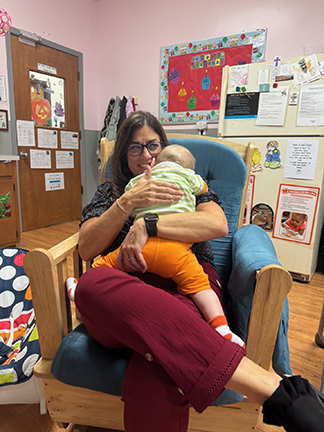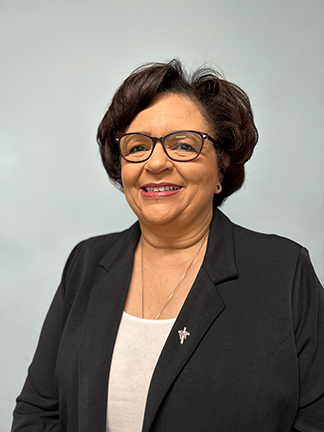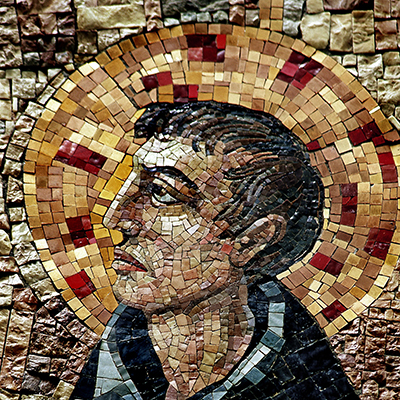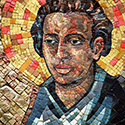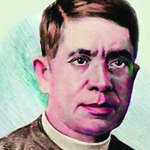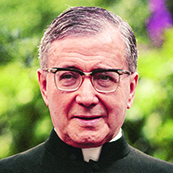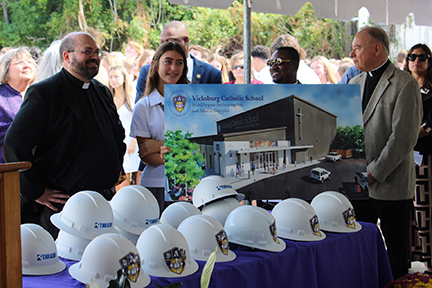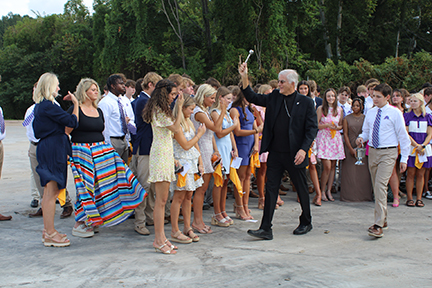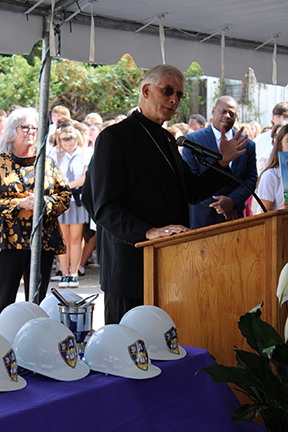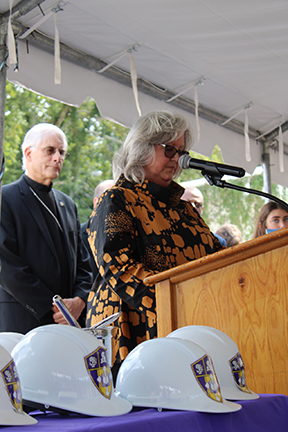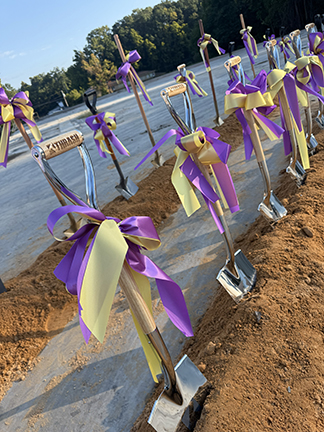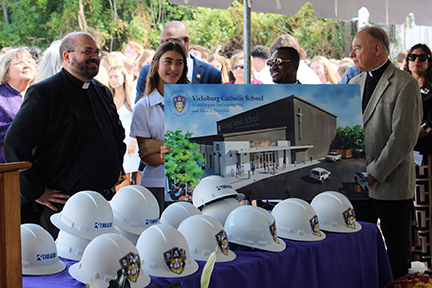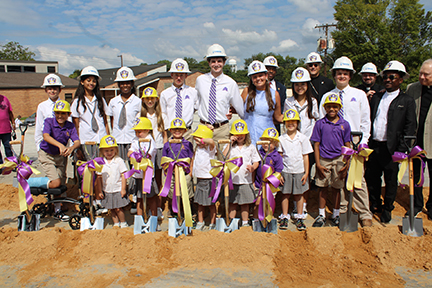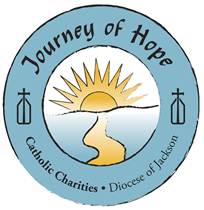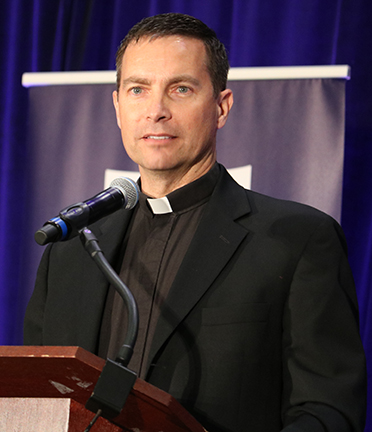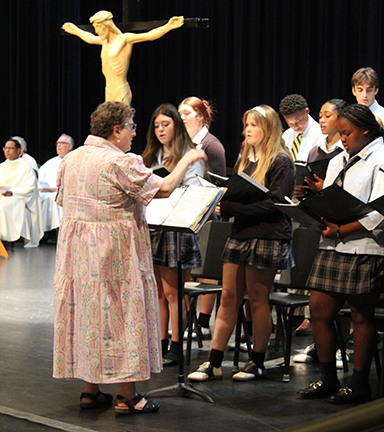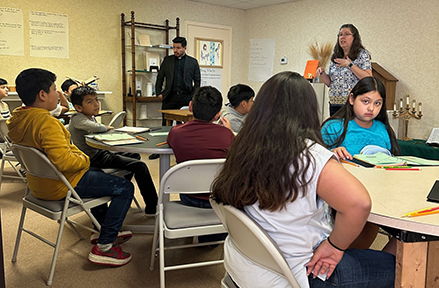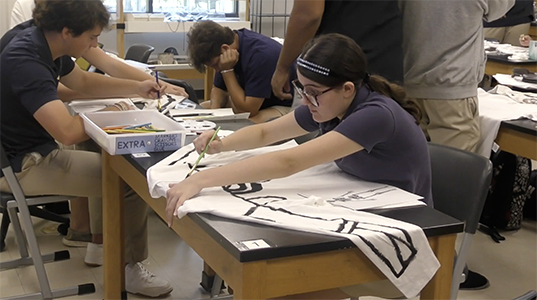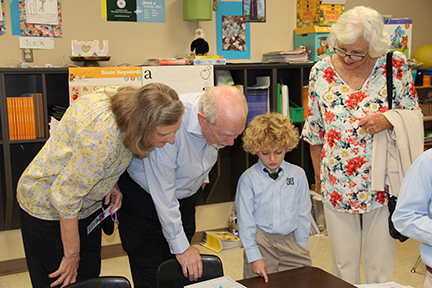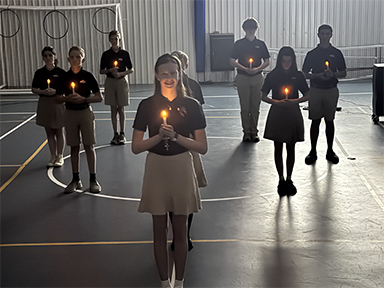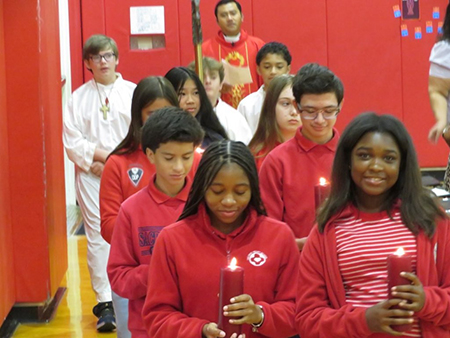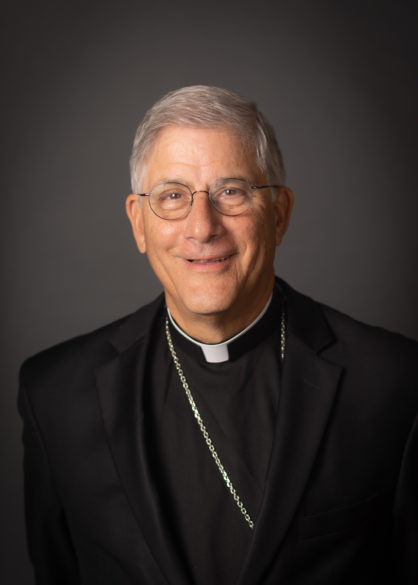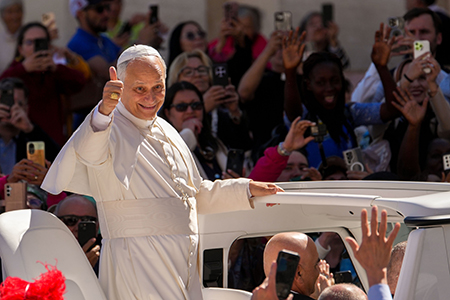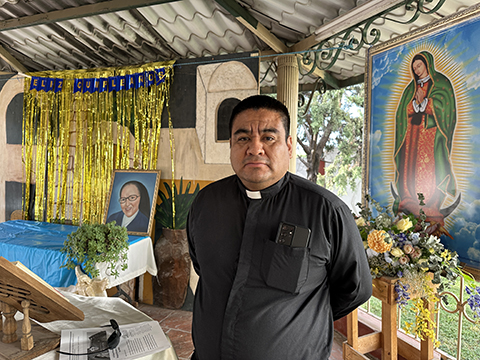
NACIÓN
WASHINGTON (OSV News) – Mientras el ejército estadounidense llevaba a cabo otro ataque el 16 de octubre contra lo que, según él, era un barco sospechoso de transportar drogas en el Caribe, un experto de la Facultad de Derecho de Notre Dame advirtió que ese tipo de acción, sin la autorización del Congreso, podría sentar las bases para que el gobierno llevara a cabo ataques más cerca de casa sin prácticamente ningún tipo de restricciones. Según informó Reuters, se cree que el ataque del 16 de octubre es el primero de al menos seis ataques de este tipo que dejaron supervivientes entre la tripulación. Casi 30 personas han muerto en los ataques. Mary Ellen O’Connell, profesora de la Facultad de Derecho de Notre Dame especializada en derecho internacional y resolución de conflictos, expresó su preocupación por el hecho de que Trump “desempeñara un papel fundamental en la consecución de un alto el fuego en Gaza para luego dar un giro de 180 grados y utilizar la fuerza militar sin ley en el Caribe”. El 20 de enero, Trump emitió un decreto ejecutivo en el que designaba a ciertos cárteles internacionales y otras organizaciones como “organizaciones terroristas extranjeras”. El Catecismo de la Iglesia Católica establece que las autoridades legítimas tienen la responsabilidad de preservar el bien común “impidiendo que el agresor injusto pueda causar daño”, pero especifica condiciones estrictas para el uso de la fuerza militar, entre ellas el agotamiento de todos los demás esfuerzos para detener dicho daño. O’Connell afirmó que los ataques no tienen justificación en la legislación estadounidense ni en el derecho internacional, y que no hay nada en la orden ejecutiva del presidente que le impida utilizar este tipo de fuerza letal en el lago Michigan, una vía navegable accesible desde Canadá pero que se encuentra íntegramente dentro del territorio estadounidense.
WASHINGTON (OSV News) – Los sacerdotes, seminaristas y religiosos inmigrantes en Estados Unidos se encuentran entre los afectados por la política de control de la inmigración, según informaron defensores y analistas a OSV News. El obispo Joseph J. Tyson, de la diócesis de Yakima, en el centro de Washington, escribió en un boletín reciente que varios seminaristas de la diócesis se encontraban entre ellos, incluido uno que había nacido en Estados Unidos pero que se había marchado para estar con sus padres, que se habían auto deportado a México. En una entrevista con OSV News, el obispo Tyson dijo que muchos de los sacerdotes y seminaristas de su diócesis provienen de familias inmigrantes. “Sé lo difícil que es mantener la situación legal de mis sacerdotes y seminaristas”, afirmó. “Solo puedo imaginar cómo debe ser para los feligreses que no cuentan con un equipo de abogados”. La consecuencia de aplicar al máximo la ley de inmigración, dijo el obispo Tyson, significaría “que nos quedaríamos sin sacerdotes en las parroquias de inmediato”. El Estudio Nacional de Sacerdotes Católicos, publicado en 2022 por el Proyecto Católico de la Universidad Católica de América, indicó que el 24 % de los sacerdotes que prestan servicio en Estados Unidos son extranjeros, pero el estudio no registró la situación de sus visas o tarjetas de residencia. El obispo Tyson dijo que los obispos estadounidenses tienen que “encontrar una manera de recuperar el púlpito”, y señaló que varios funcionarios públicos católicos y voces en las redes sociales han minimizado la doctrina social de la Iglesia, en particular en lo que respecta a la inmigración.
VATICANO
CIUDAD DEL VATICANO (CNS) – El papa León XIV se reunió por primera vez con una coalición de sobrevivientes de abusos y defensores de las víctimas en el Vaticano el 20 de octubre. Los miembros de la junta directiva de Ending Clergy Abuse (Acabar con los abusos del clero) se reunieron con el papa durante aproximadamente una hora en una reunión a puerta cerrada que posteriormente fue confirmada por el Vaticano. “Fue una conversación muy significativa”, afirmó Gemma Hickey, presidenta de la junta directiva de ECA y sobreviviente de abusos por parte del clero en Canadá, en un comunicado de prensa. “Refleja un compromiso compartido con la justicia, la sanación y el cambio real”. “Los sobrevivientes llevan mucho tiempo buscando un lugar en la mesa y hoy nos hemos sentido escuchados”, afirmó Hickey en el comunicado. “El papa Leo es muy cordial, nos escuchó”, declaró Hickey en una conferencia de prensa, según Reuters. “Le dijimos que venimos como constructores de puentes, dispuestos a caminar juntos hacia la verdad, la justicia y la sanación”. Mientras el grupo de seis personas que representaba a ECA se reunía con el papa, unos videos del Vaticano también mostraban una reunión separada entre el papa Leo y Pedro Salinas, periodista peruano y sobreviviente de abusos. Salinas, antiguo miembro del Sodalitium Christianae Vitae que sufrió abusos físicos y psicológicos por parte del fundador del movimiento, Luis Fernando Figari, aparece en las imágenes entregando al papa un ejemplar de su nuevo libro, “La verdad nos hace libres”, en español.
MUNDO
MEZCALA, México (OSV News) – Otro sacerdote católico ha sido asesinado en el estado mexicano de Guerrero, azotado por la violencia. El padre Bertoldo Pantaleón Estrada, párroco de la parroquia de San Cristóbal en Mezcala, fue hallado muerto el 6 de octubre, dos días después de su desaparición. Según informes de prensa, recibió dos disparos en el cuello, y las autoridades federales han señalado a su chofer como el principal sospechoso. “Por el momento, no tenemos indicios de que el padre estuviera involucrado en nada ilícito”, declaró el 7 de octubre el secretario de Seguridad Pública Federal, Omar García Harfuch. La muerte del padre Pantaleón pone de relieve el creciente peligro que corren los clérigos en las regiones controladas por los cárteles. Guerrero, que en su día fue un centro de producción de heroína, sigue plagado de crimen organizado, extorsiones y secuestros. La diócesis de Chilpancingo-Chilapa, donde ejercía el sacerdote, ha sufrido múltiples asesinatos de clérigos en los últimos años. La Conferencia Episcopal Mexicana condenó la violencia y pidió una investigación completa y transparente. Desde 2006, al menos 52 sacerdotes han sido asesinados en México, lo que lo convierte en el país más peligroso del mundo para el clero católico. Los cuatro obispos de Guerrero intentaron negociar un acuerdo de paz entre los cárteles de la droga del estado en 2024, pero el asesinato del sacerdote pone de relieve los riesgos a los que se enfrentan quienes ejercen su ministerio en las zonas de conflicto del país.

